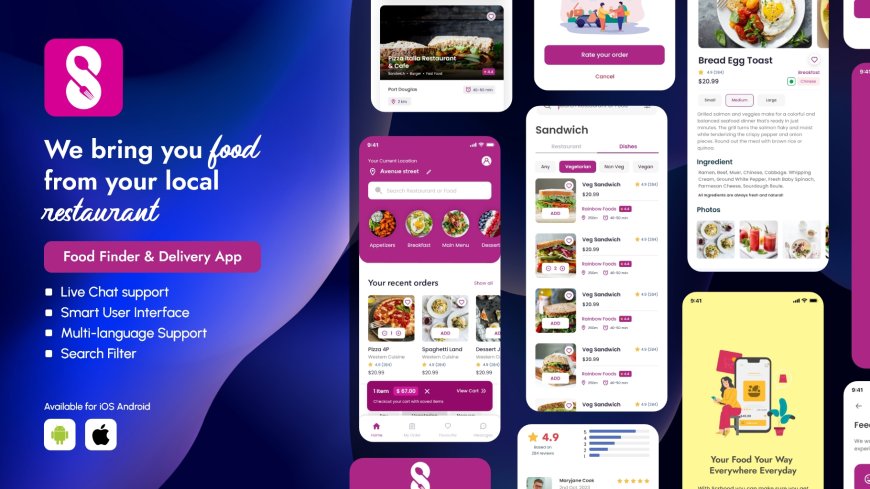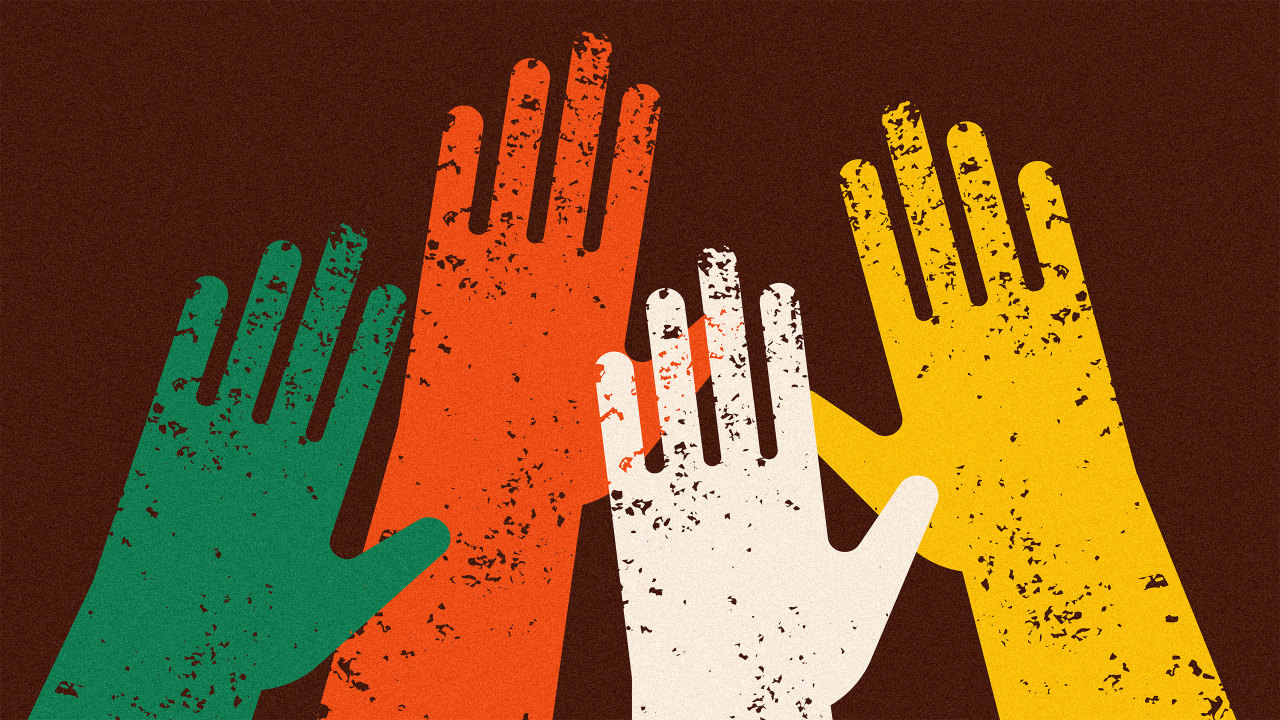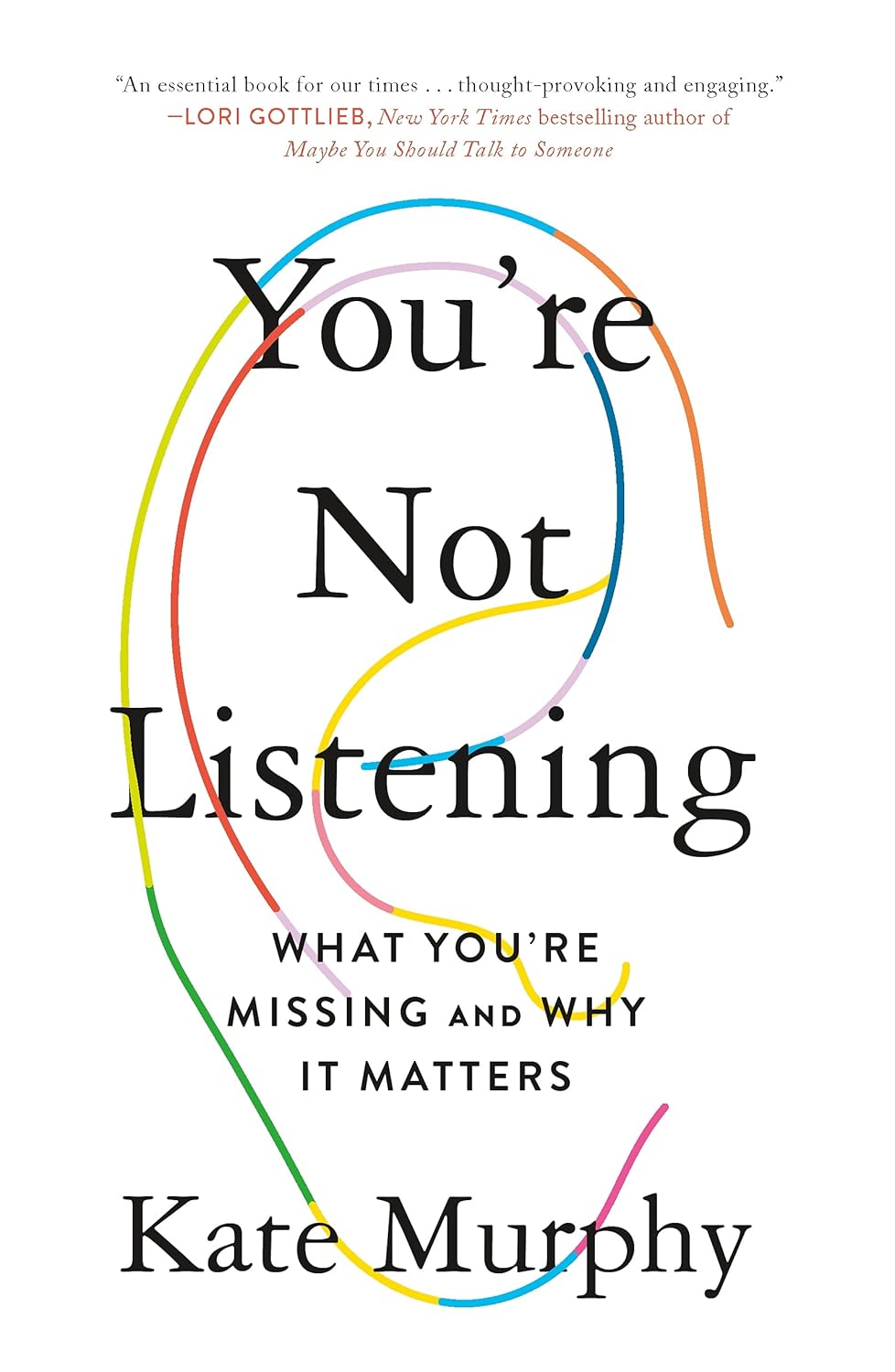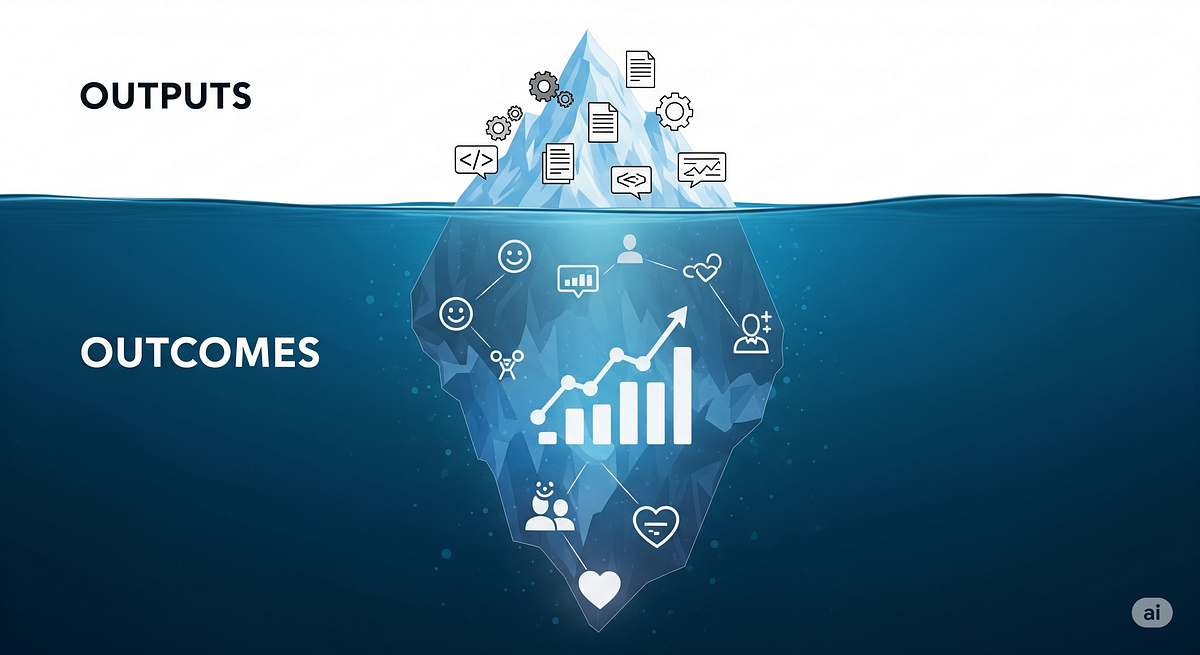How Do Food Ordering Apps Work in India?
Developing a custom food ordering app is a great way to grow the business of independent restaurants and chains. Many businessmen find success by adding their restaurants to a third-party app, which connects restaurants to customers. However, this complete process seems simple to implement an order and delivery solution, but it is not that easy.

Developing a custom food ordering app is a great way to grow the business of independent restaurants and chains. Many businessmen find success by adding their restaurants to a third-party app, which connects restaurants to customers. However, this complete process seems simple to implement an order and delivery solution, but it is not that easy. Underneath a highly functional consumer-facing app lies a complicated back end that completes every order, tracks every delivery, and coordinates communications between couriers, customers, and restaurants. Read on to see how a food ordering app works.
Food Ordering App Works for Restaurants
Now that the introduction to food ordering apps is covered, let's discuss food ordering apps that serve as a tool connecting customers to restaurants, making it easy for customers to get food through their smartphones. Food ordering apps function by allowing users to browse through restaurants' menus, pick items and order in a few taps. After the order is placed, food delivery apps will notify the restaurants so the restaurant can act upon it and prepare the food. From picking up and delivering the food to the customer's address, a delivery guy gets a notification through the app.
Delivery drivers use the food delivery application to notify their service for food delivery by giving their honest reviews and evaluations, which helps us continuously improve the food ordering process for customers. In short, food ordering apps save time for users, also it is easy to use to order food. In general, food delivery apps come in a few different forms for different user needs. Aggregator apps and restaurant-specific apps are the two types of apps that restaurants can use. Aggregator apps offer a variety of restaurants to connect people to food delivery services, and restaurant-specific apps offer restaurants the ability to manage their deliveries.
Key Factors of Food Ordering App
To implement a successful food ordering app, you must respect all three key end users (i.e., restaurants, customers, and delivery drivers). Going through these three key features will be the foundation of a smooth ride for all users.
-
Customer Features:
-
Customer profile features will involve language settings, homepage customisation, user address, notifications, location preferences, promotional banners, search bar and activity (i.e., loyalty program, coupons, returns policy and privacy policy).
-
An easy-to-use interface helps in placing orders and browsing menus without any hassle.
-
Tracking order status and delivery in real time is a basic and essential feature of a food ordering app for customers.
-
Multiple payment methods available (credit card, wallet, cash on delivery). Ability to rate and review to build trust and improve service.
-
Restaurant Features:
-
Key elements that help in more efficient processing within the restaurant panel are the chat section, delivery management, POS system and customer reviews.
-
An order management system is accompanied by receiving, tracking and processing orders.
-
Menu customisation and pricing control need to update menu offerings and alter prices easily to remain relevant.
-
Sharing performance insight, customer preference insight, and event trend insights for data-driven decisions.
-
The ability for restaurants to make customers aware of updates/by notifying or messaging them, potential promotions or delays, enhances customer engagement.
-
Delivery Driver Features.
-
An area for sign up and sign in, along with incentives, payment tracking, app configuration, chat tool, status activity, encouragement activity history for insight and responsibility.
-
The driver can easily identify the navigation route, which provides live updates on the delivery to users.
-
Order assignment, order tracking and a method for handling problems that may arise.
-
Admin Features
-
A central view of all activity within the app to control activity.
-
Extended analytics that demonstrate how the app is being used, to improve business and the old, lead usage and make changes to the platforms, products or whichever has the lowest use.
-
Tools to handle complaints and disputes, and offer help or support when problems occur.
-
Tools for onboarding new restaurants and delivery partners.
-
The admin panel should include delivery man, customer and restaurant settings, methods for onboarding new restaurants and delivery partners, order verification, home delivery and takeaway, social media accounts and legal pages.
Process: How the Food Delivery App Works
A food delivery app has 4 components: the user app, the restaurant panel, the admin and the delivery driver app. The process below outlines how the features of these apps connect in food app development:
-
User App
The most significant element in a food delivery business is the customer. Customers use the app to find relevant prices, browse the menu, and order food, and they should be able to do that in 2-3 clicks. Once the order is confirmed, the request of customer goes to both the admin panel and the restaurant panel.
-
Restaurant Panel
As soon as the restaurant receives the order on their panel, they accept the order and start the process of preparing the food. Once the food is prepared, they give it to the delivery person to deliver it to the customer.
-
Delivery Driver App
Delivery drivers will see the notification for a new delivery along with the fastest route in order to reach the customer quickly.
-
Admin Panel
When considering food delivery app development, the admin panel is the lifeblood of the app, managing every function of the app, including customer interactions. The admin monitors all app operations, which include food orders, transaction history, onboarding and Restaurant management, confirming orders, as well as defining and resolving disputes and the performance of drivers.
Visit For More Info:-Schrood App
Conclusion
Food delivery apps have changed the way we experience food by streamlining the approach towards ordering food. These applications are the channel between customers and businesses, and provide opportunities to deliver food from restaurants. Everyone is looking for great food, a way to order the food, and a way to pay online. This means that there is a great deal of scope for food delivery companies to be profitable when there is a solid strategy, execution and consideration that the market will keep growing.


































































![https //g.co/recover for help [1-866-719-1006]](https://newsquo.com/uploads/images/202506/image_430x256_684949454da3e.jpg)
























![How Smart PMs Scale Their Careers in Any Org [TPG Live Recap]](https://tpgblog.com/wp-content/uploads/2025/06/2025-06-12-thumbnail-action.png?#)



















































